13 American Antique Mirrors with Historic Value
Antique mirrors are more than just functional pieces; they are reflections of history and craftsmanship. From neoclassical Federal-style designs to the ornate Rococo influences, these mirrors offer a glimpse into the past. Many features intricate carvings, gilded frames, and unique glass treatments, making them valuable collector’s items. As a symbol of the craftsmanship of their time, antique mirrors also hold historic significance. Whether made of mahogany, walnut, or oak, these mirrors showcase the materials and design trends of different eras.
This post may contain affiliate links, which helps keep this content free. Please read our disclosure for more info.
Federal-Style Eagle Mirror (c. 1800)
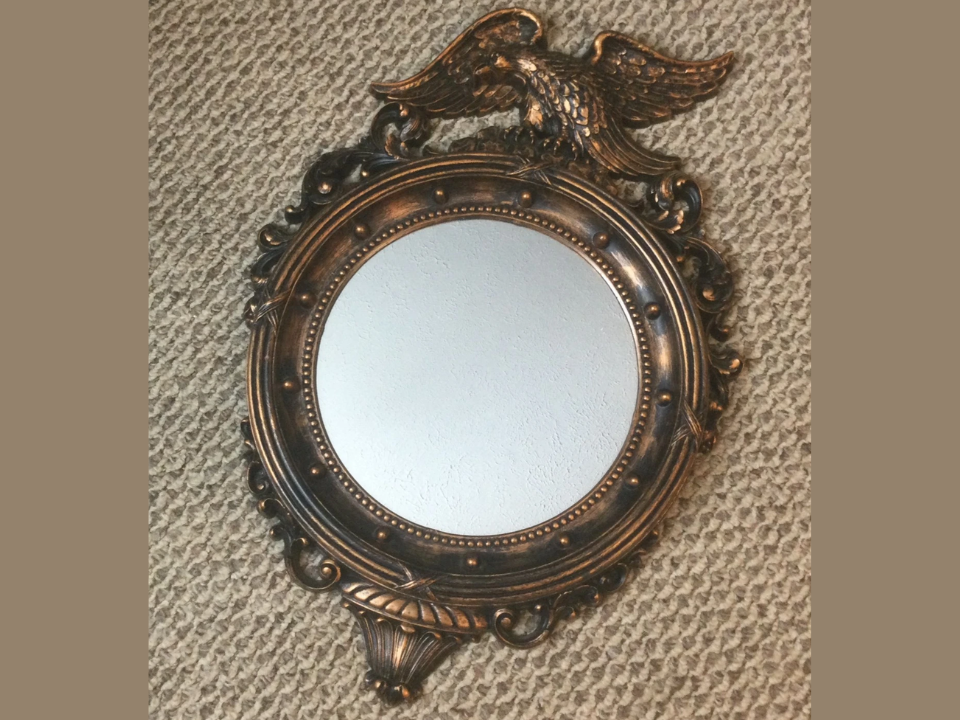
This mirror features a carved eagle perched atop a shield, flanked by draped garlands. Crafted during the early 19th century, it embodies the neoclassical ideals prevalent in American design. The eagle, a symbol of the United States, signifies patriotism and national pride. The shield beneath the eagle often bears a star or other emblematic motifs, enhancing its symbolic significance.
Typically constructed from mahogany, these mirrors are characterized by their elegant proportions and refined detailing. The gilded accents highlight the craftsmanship and add a touch of opulence. Well-preserved examples can be valued between $1,500 and $5,000, depending on condition and provenance.
Victorian Walnut Pier Mirror (c. 1850)
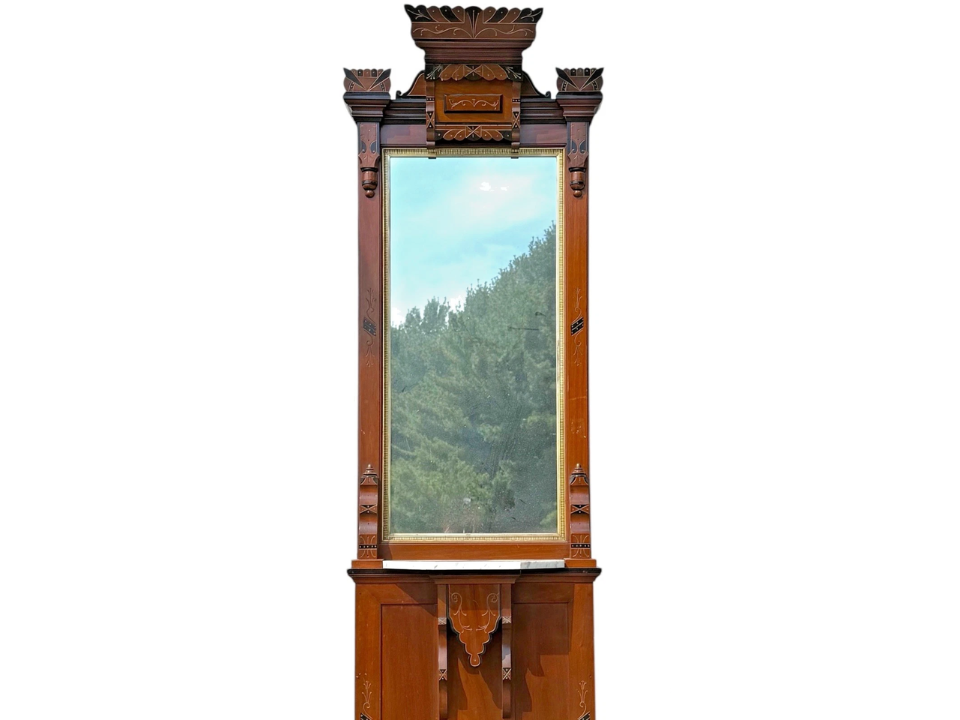
Standing tall and slender, this mirror was designed to be placed between windows, reflecting light and enhancing the room’s ambiance. The walnut frame showcases intricate carvings, often depicting floral or foliate patterns, indicative of the Victorian era’s penchant for ornate decoration. The beveled glass further adds to its visual appeal.
These mirrors were not just functional pieces but also served as decorative elements in parlors and entryways. Their size and craftsmanship make them valuable collectibles, with market values ranging from $800 to $3,000.
Chippendale-Style Mirror (c. 1775)
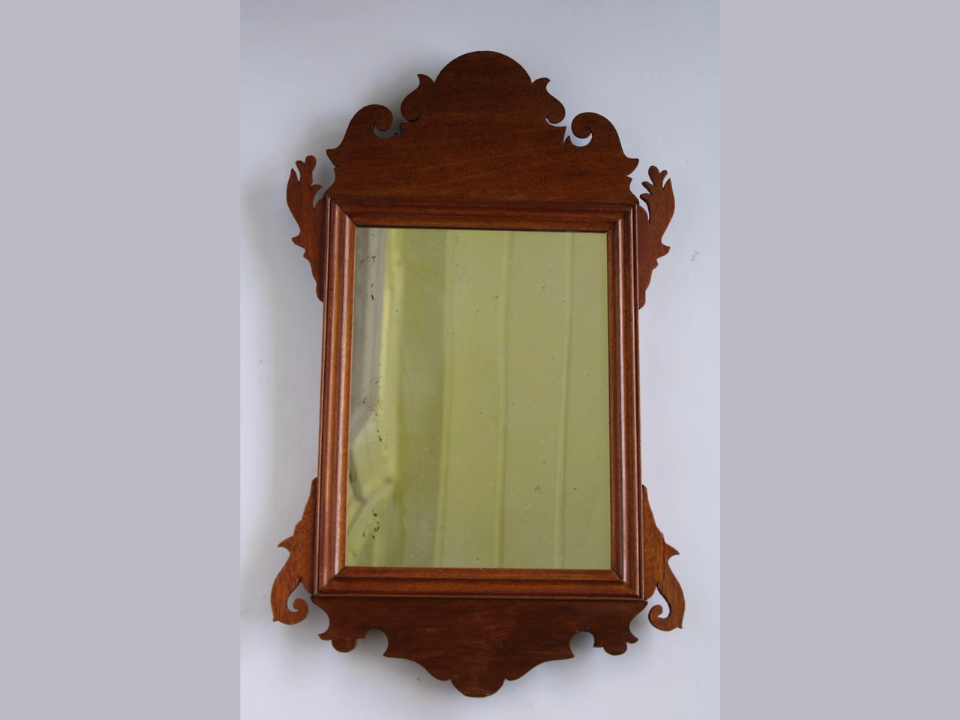
Inspired by the designs of Thomas Chippendale, this mirror features a broken pediment top, intricate scrollwork, and a central cartouche. The frame is often made of mahogany, with carvings that showcase the rococo influence of the period. The glass is typically set within a molded frame, adding depth and dimension.
Chippendale-style mirrors were popular in colonial America, reflecting the blend of British and American design sensibilities. Original pieces, especially those with documented histories, can command prices between $2,000 and $6,000.
Rococo Revival Mirror (c. 1855)
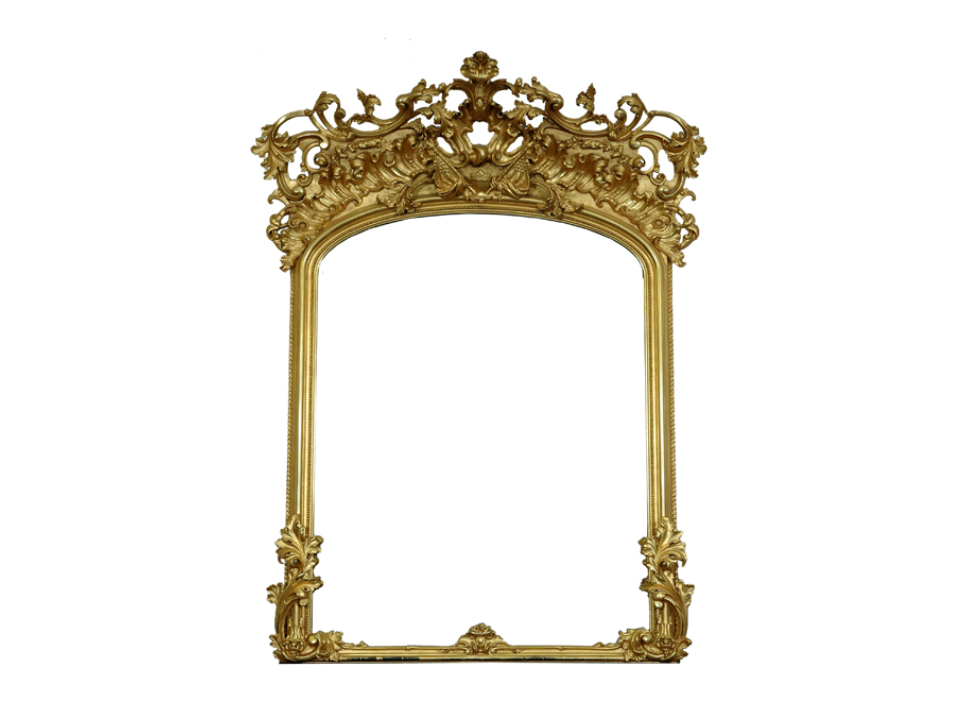
Emulating the ornate style of the 18th century, this mirror features asymmetrical designs, with scrolling acanthus leaves and floral motifs. The frame is often gilded, enhancing its luxurious appearance. The glass is typically beveled, adding a touch of elegance.
The Rococo Revival movement in the mid-19th century sought to revive the opulence of earlier periods. These mirrors were often placed above mantels or in drawing rooms, serving as focal points. Depending on condition and quality, their value can range from $1,500 to $4,500.
Arts and Crafts Movement Mirror (c. 1900)
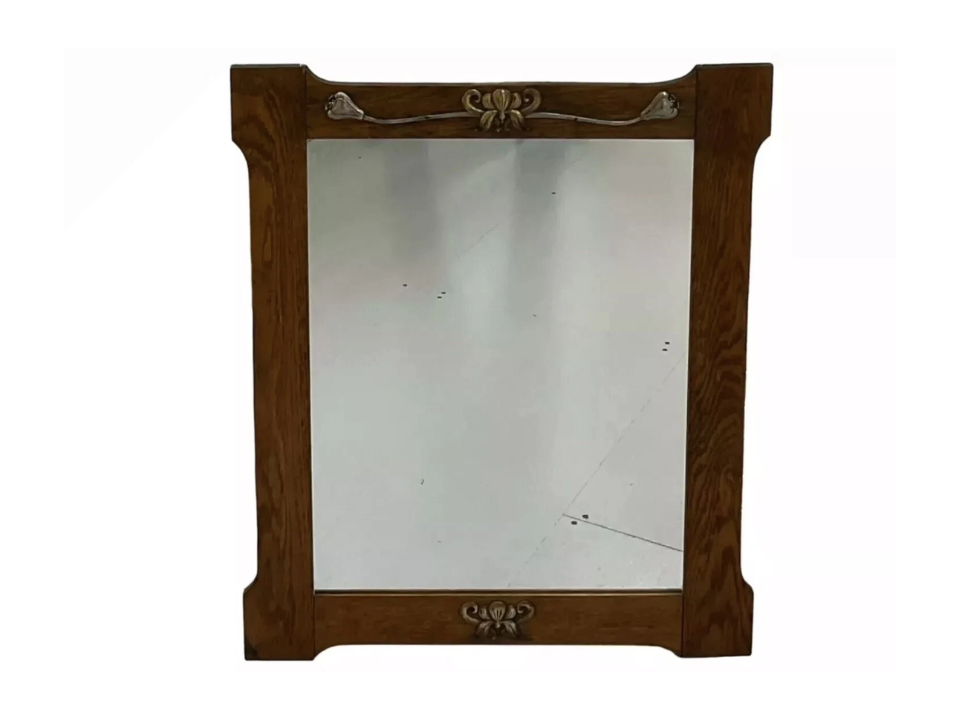
Reflecting the principles of the Arts and Crafts movement, this mirror emphasizes simplicity, handcrafted quality, and natural materials. The frame is often made of oak, with minimal ornamentation, showcasing the wood’s natural grain. The glass is typically clear, without beveling, highlighting the unadorned design.
These mirrors were a response to the industrialization of furniture production, aiming to return to traditional craftsmanship. Their value varies, with well-crafted examples priced between $1,000 and $3,000.
Empire-Style Mirror (c. 1820)
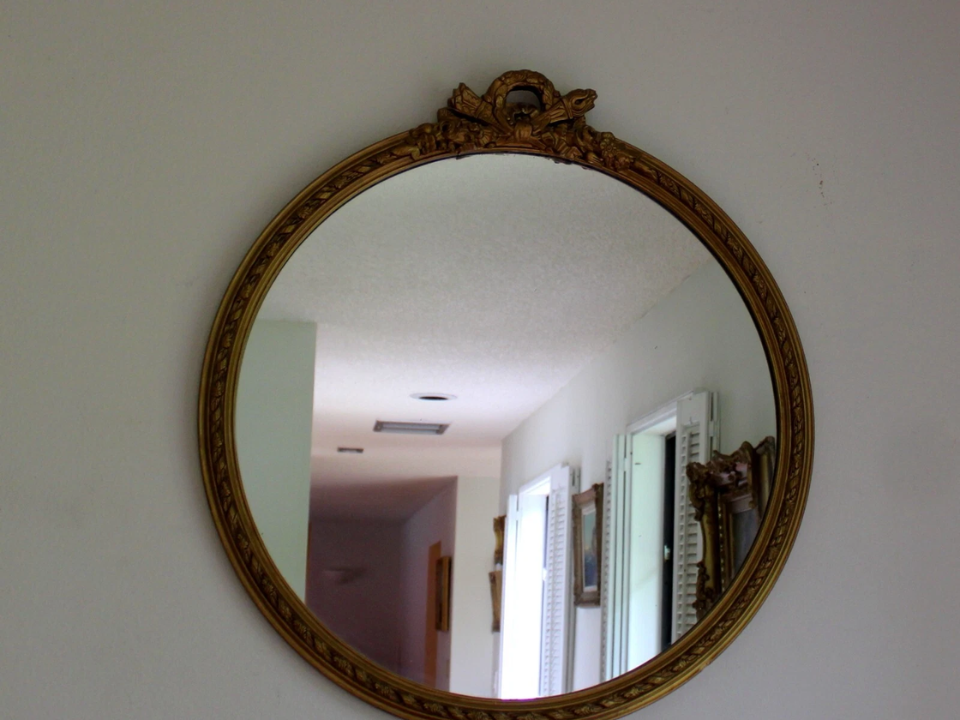
Influenced by ancient Roman and Egyptian designs, this mirror features bold, geometric shapes and motifs such as columns and urns. The frame is often made of mahogany or walnut, with gilded accents highlighting the design elements. The glass is typically rectangular, set within a molded frame.
Empire-style mirrors were popular during the early 19th century, reflecting the grandeur of the Napoleonic era. Their imposing size and design make them striking additions to any room. Market values for these mirrors range from $2,500 to $7,000, depending on condition and provenance.
Federal-Style Oval Mirror (c. 1790)
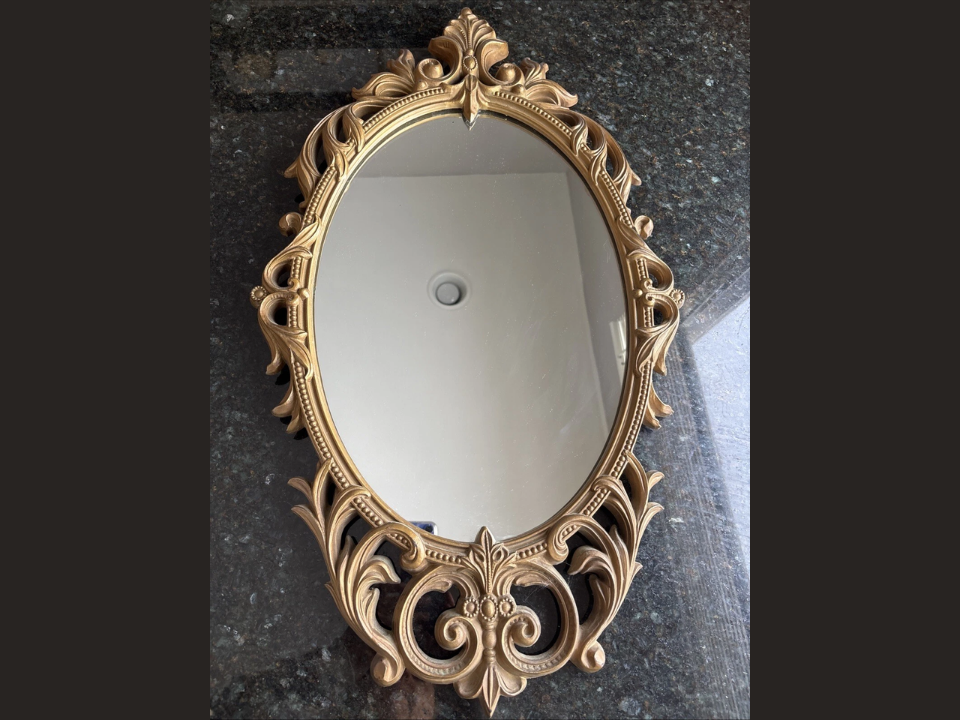
This mirror features an oval shape, with a delicate carved frame often adorned with urns, swags, and rosettes. The frame is typically made of mahogany, with a rich, dark finish that enhances its elegance. The glass is set within a molded frame, with a thin, gilded border adding a touch of refinement.
Federal-style mirrors were prevalent during the late 18th century, reflecting the neoclassical influence of the period. Their graceful proportions and understated design make them timeless pieces. Depending on condition and quality, their value can range from $1,500 to $4,500.
Victorian Overmantel Mirror (c. 1870)
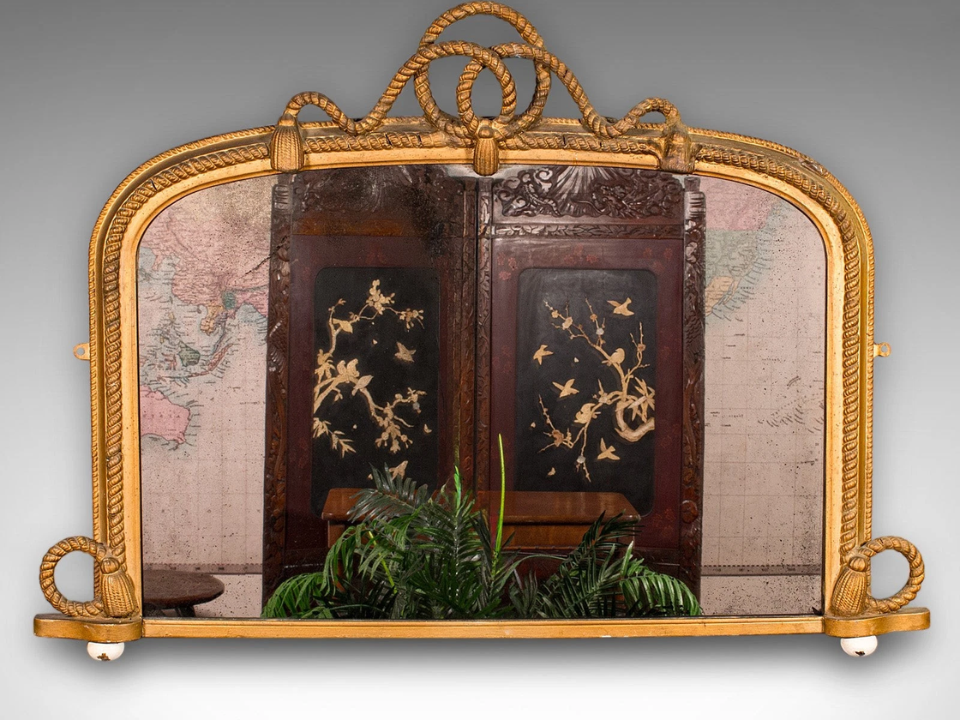
Designed to be placed above a fireplace mantel, this mirror features a large, rectangular glass set within an ornate frame. The frame is often made of walnut or rosewood, with intricate carvings depicting floral or geometric patterns. The glass is typically beveled, adding depth and interest.
Overmantel mirrors were a staple in Victorian-era parlors, serving both functional and decorative purposes. Their size and craftsmanship make them valuable collectibles, with market values ranging from $2,000 to $6,000.
Colonial Williamsburg Mirror (c. 1750)
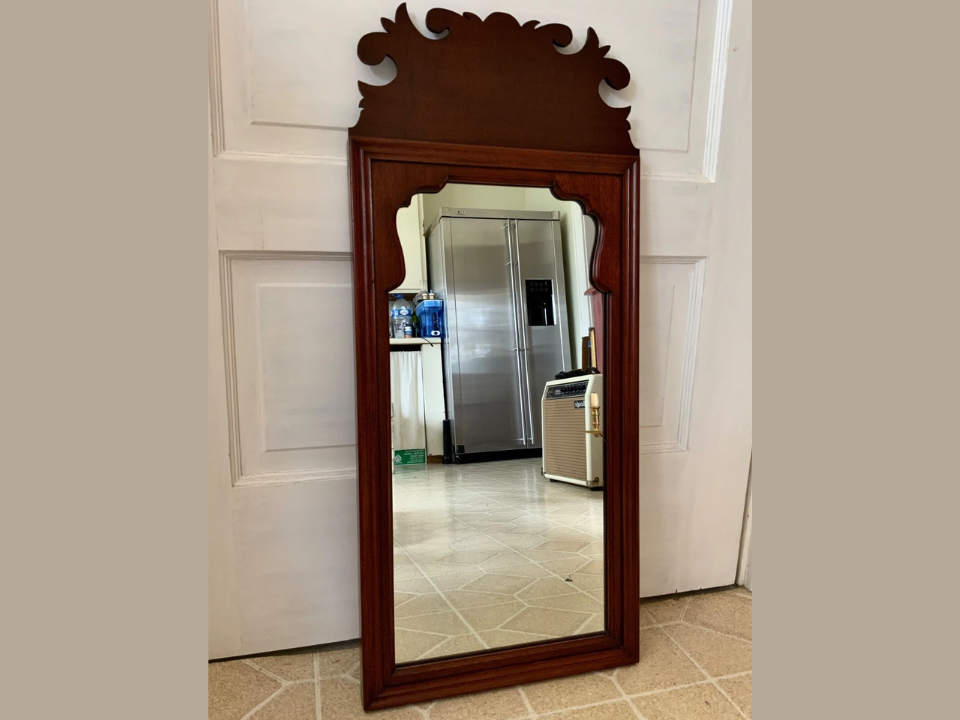
Inspired by the designs of colonial Virginia, this mirror features a simple, rectangular frame with a molded edge. The frame is often made of walnut or cherry, with a rich, dark finish that enhances its classic appeal. The glass is set within a molded frame, with a thin, gilded border adding a touch of refinement.
Colonial Williamsburg mirrors reflect the early American aesthetic, characterized by simplicity and functionality. Their timeless design makes them enduring pieces. Depending on condition and quality, their value can range from $1,000 to $3,500.
Art Deco Mirror (c. 1930)
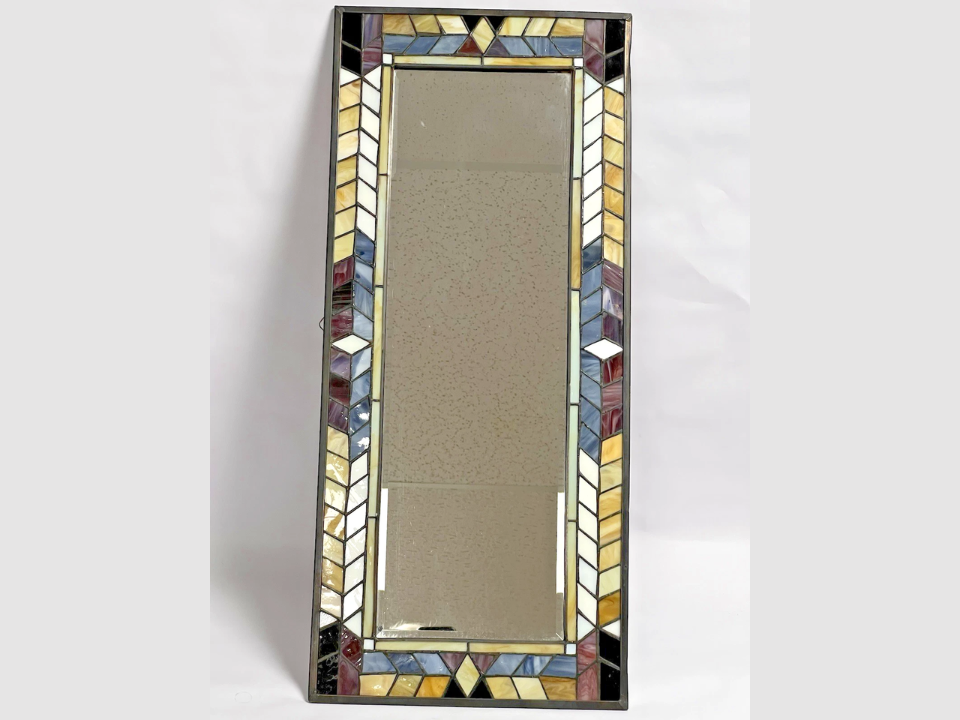
With bold geometric patterns and sleek lines, this mirror embodies the spirit of the Art Deco period. The frame is typically made of wood, lacquered to a high gloss finish or adorned with chrome and glass accents. The design often incorporates stylized motifs such as zigzags, chevrons, and sunbursts.
Art Deco mirrors were popular in the early 20th century, reflecting the modernity and luxury of the period. These mirrors remain highly collectible, with values ranging from $1,500 to $5,000, depending on size, materials, and condition.
Eastlake-Style Mirror (c. 1875)
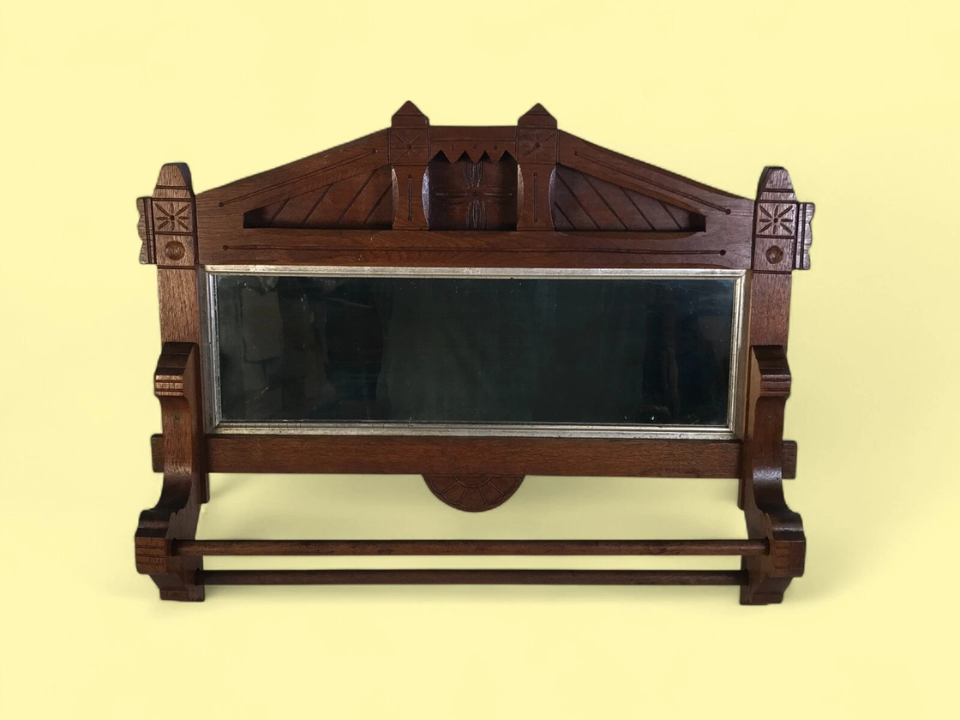
This mirror features bold, geometric carvings and intricate woodwork, often made from oak or walnut. The frame design reflects the Victorian era’s fascination with medieval and Gothic influences. The glass is typically rectangular or oval, and the frame is often decorated with stylized flowers and vines.
Eastlake-style mirrors were a key part of the late 19th-century Arts and Crafts movement, emphasizing craftsmanship over mass production. These mirrors are particularly valued for their intricate detailing, with market prices ranging from $800 to $3,000.
Georgian-Style Mirror (c. 1750)
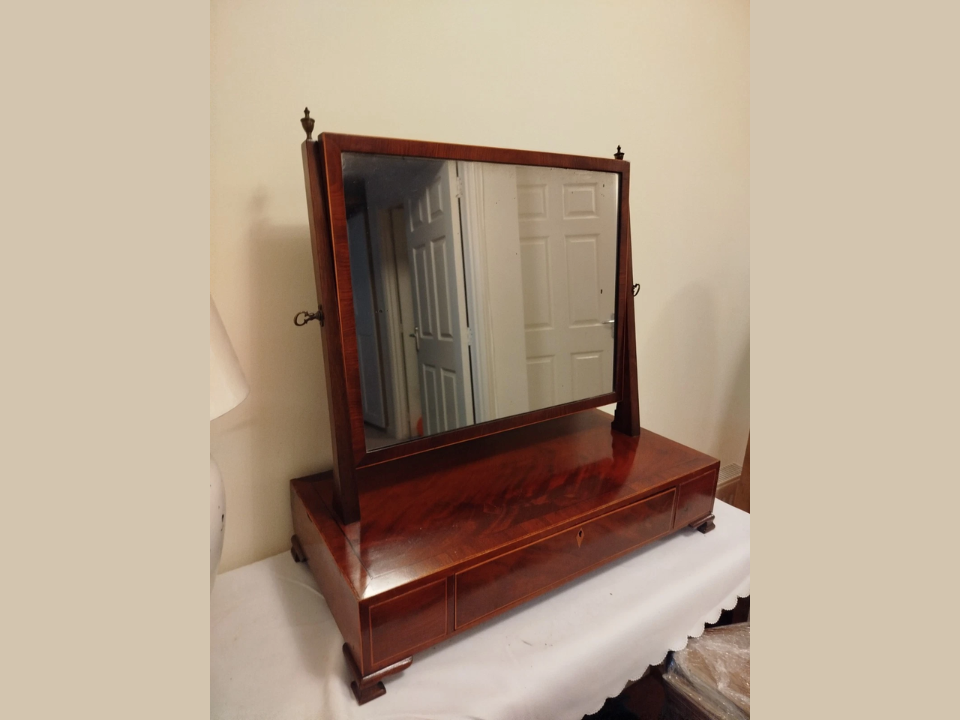
This mirror features a simple yet elegant frame, often made of mahogany or oak, with delicate carving around the edges. The glass is typically framed with a thin molding, which was often gilded to add a touch of luxury. A signature of the Georgian style is the balanced proportions and restrained ornamentation.
Georgian mirrors were crafted during the reigns of King George I through George III, showcasing the refined elegance of the era. Collectors often prize these mirrors for their timeless appeal, with market values ranging from $2,000 to $5,000.
Mission-Style Mirror (c. 1905)
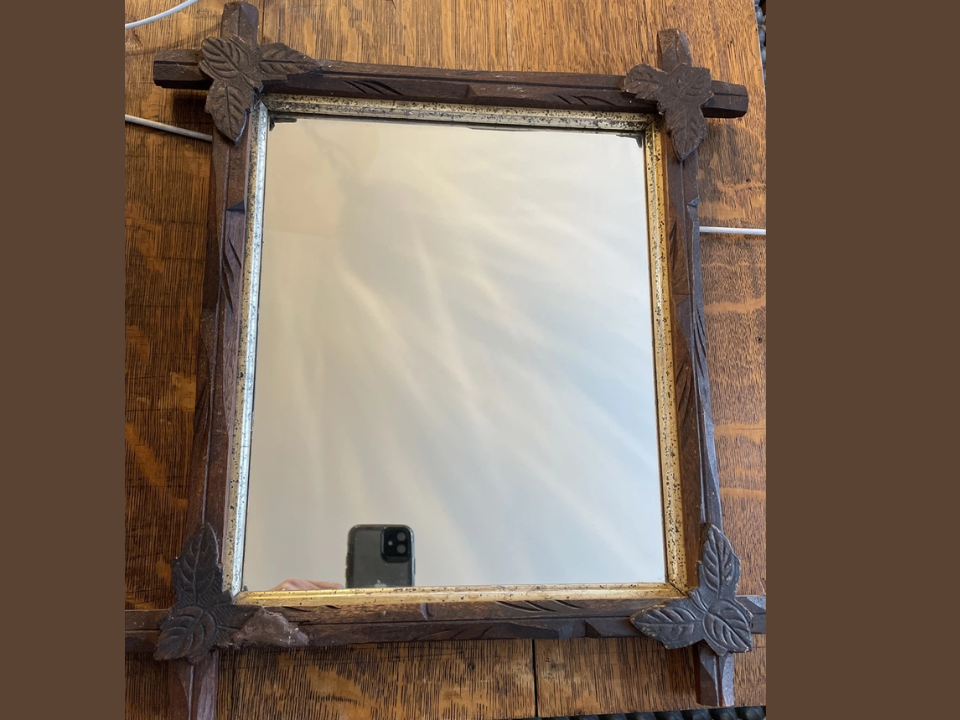
This mirror is characteristic of the Arts and Crafts movement, with a focus on hand-hewn simplicity and natural wood grain. The frame is often made of oak or cherry, featuring straight, simple lines with minimal ornamentation. The glass is typically clear, often framed by bronze or iron elements to enhance its solid and functional design.
Mission-style mirrors embody the ideals of craftsmanship and the beauty of natural materials. The value of these mirrors can range from $1,000 to $3,500, with those made by prominent manufacturers such as Stickley or Greene & Greene commanding higher prices.
This article originally appeared on Avocadu.
